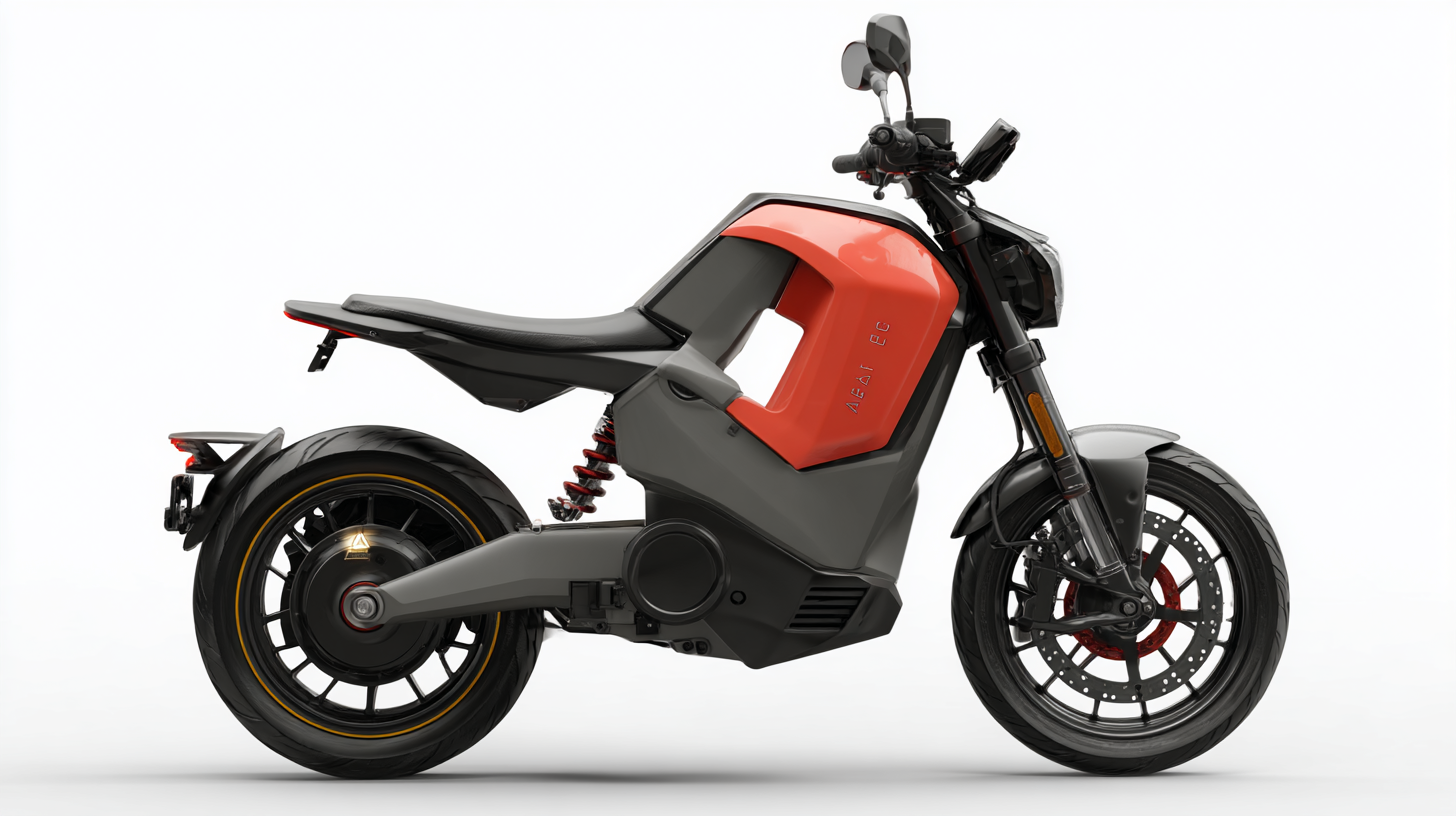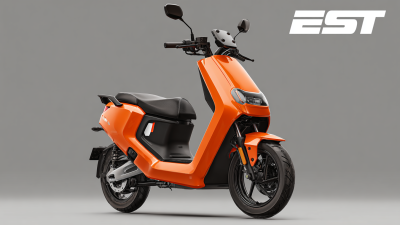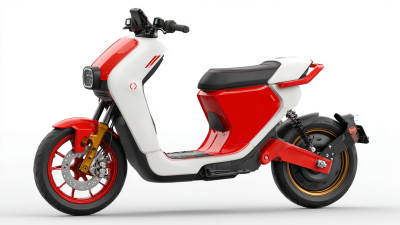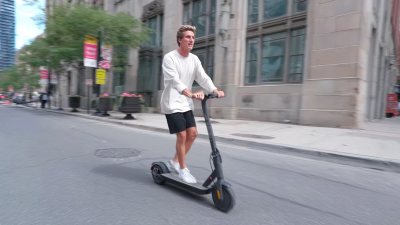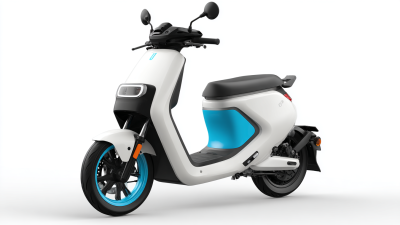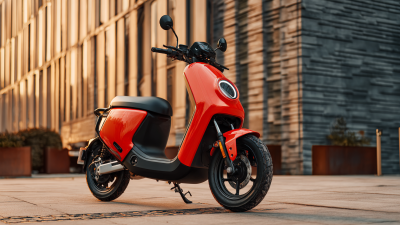As urban environments become increasingly congested and pollution levels rise, innovative solutions for sustainable mobility are gaining traction. One of the most promising developments in this realm is the surge in popularity of Electric Motorcycles and Scooters. These eco-friendly alternatives to traditional gas-powered vehicles are not only offering cost-effective transportation options but also addressing critical issues such as traffic congestion and environmental impact. The integration of smart technology into Electric Motorcycles and Scooters enhances user experience through features like real-time navigation, performance monitoring, and connectivity, making them an attractive choice for urban commuters. This exploration of the rise of Electric Motorcycles and Scooters emphasizes their role in shaping the future of urban mobility solutions, highlighting how they contribute to cleaner cities and more efficient transport systems. As cities evolve, harnessing the potential of these electric vehicles can pave the way for a more sustainable and enjoyable urban experience.
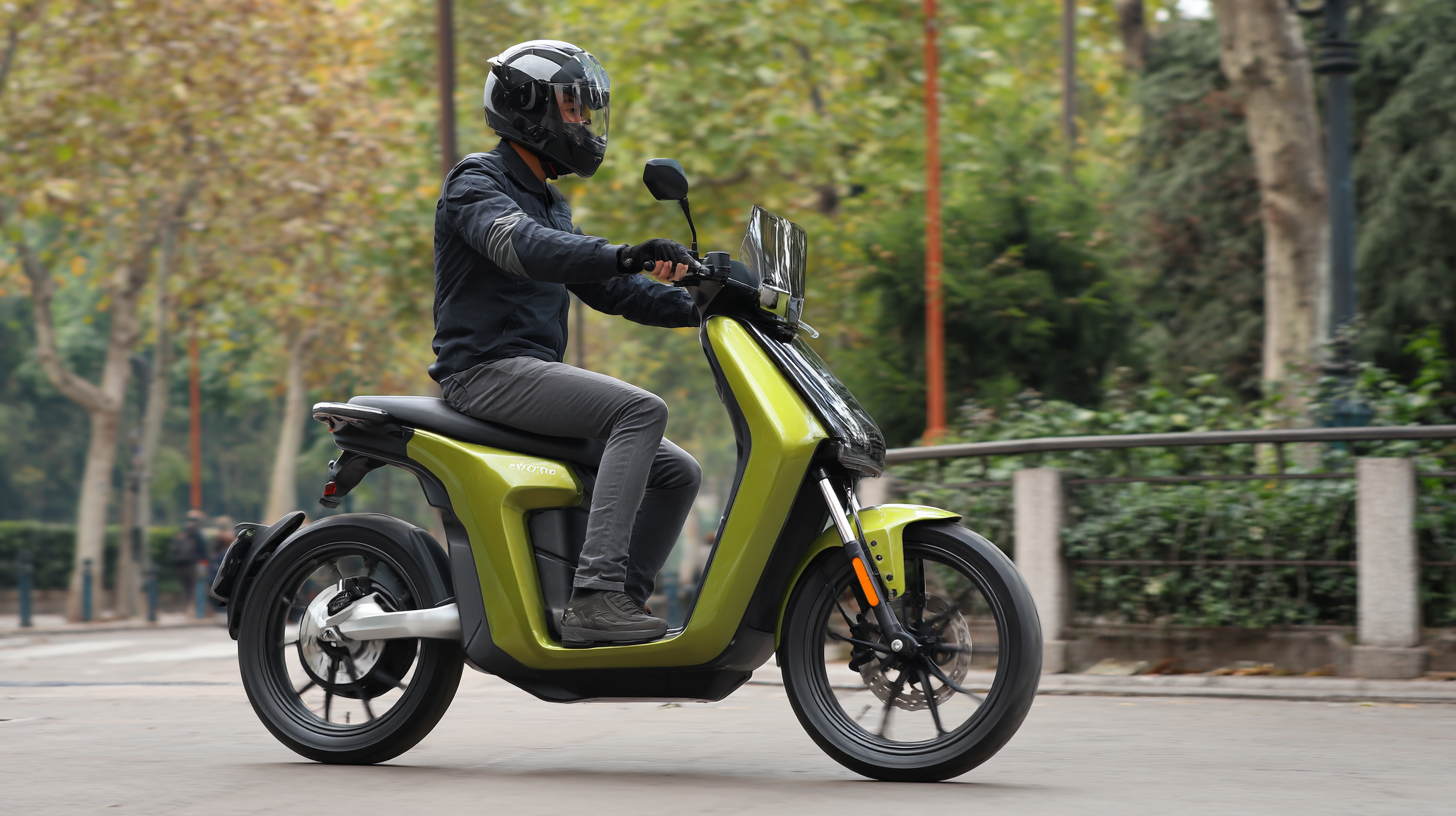
The growing demand for electric motorcycles and scooters in urban areas can be attributed to several factors that cater to the evolving needs of city dwellers. As urban populations increase, traffic congestion becomes a significant challenge, prompting commuters to seek efficient and sustainable alternatives. Electric two-wheelers offer a solution by providing a nimble and compact mode of transport that can easily navigate through crowded streets, enabling riders to bypass traffic jams and reach their destinations more quickly.
Moreover, concerns about environmental sustainability are driving the shift towards electric mobility. In urban settings, the reduction of greenhouse gas emissions and air pollution has become a priority. Electric motorcycles and scooters produce zero tailpipe emissions, contributing to cleaner air and a healthier urban environment. Additionally, as cities invest in charging infrastructure and promote policies supporting electric vehicles, more people are encouraged to make the switch. This trend not only reflects a growing awareness of ecological issues but also highlights a shift in consumer preferences towards more sustainable transportation solutions, making electric motorcycles and scooters an increasingly popular choice for urban mobility.
| City | Electric Motorcycles Sold (2023) | Electric Scooters Sold (2023) | Percentage of Urban Mobility | Projected Growth Rate (2024) |
|---|---|---|---|---|
| New York | 5,000 | 15,000 | 18% | 25% |
| Los Angeles | 7,000 | 20,000 | 22% | 30% |
| Chicago | 4,500 | 12,000 | 15% | 20% |
| San Francisco | 3,200 | 8,500 | 25% | 35% |
| Seattle | 4,000 | 10,000 | 20% | 28% |
The rise of electric motorcycles and scooters is revolutionizing urban mobility, driven by a combination of environmental concerns, technological advancements, and changing consumer preferences. Key factors behind the adoption of electric two-wheelers include the urgent need to reduce urban air pollution and the increasing focus on sustainable commuting options. In many emerging markets, such as Vietnam and India, governmental policies and incentives are accelerating the shift towards electric mobility, making it a viable alternative to traditional gasoline engines.
Urbanization plays a crucial role in the adoption of electric two-wheelers. As cities become more populous, the demand for efficient and eco-friendly transport solutions skyrockets. The growing popularity of electric kick scooters also reflects this trend, with projections estimating significant market growth driven by sustainability initiatives. This shift not only addresses emissions concerns but also enhances mobility in congested urban environments.
Tips: When considering purchasing an electric two-wheeler, assess your daily commuting needs and evaluate the available charging infrastructure in your area. Additionally, investigate potential government incentives that can help offset costs related to the purchase of electric vehicles. Embracing electric two-wheelers is not just a trend; it's a commitment to a more sustainable future.
The rise of electric motorcycles and scooters is significantly influenced by government policies and incentives aimed at promoting electric mobility. According to the International Energy Agency (IEA), sales of electric two-wheelers surged to over 43 million in 2022, largely due to favorable government interventions. Many countries have introduced subsidies, tax breaks, and infrastructure investments that lower the entry cost for consumers while enhancing charging availability. For instance, in 2021, the U.S. introduced a rebate program that offers up to $7,500 for electric vehicle purchases, positively impacting sales trends in the electric motorcycle segment.
As cities grapple with congestion and pollution, governments are implementing measures to encourage the transition towards electric mobility. The European Union aims for 30 million electric two-wheelers by 2030, driven by policies that promote urban clean transportation. Cities like Paris have launched initiatives that limit car access in urban centers, pushing residents towards electric scooters and bikes as viable alternatives. These policy frameworks not only help reduce emissions but also foster sustainable urban environments.
**Tips:** Consider researching local and state incentives available for electric motorcycle and scooter purchases in your area. Engaging with community electric mobility forums can also provide insights into available charging networks. Staying informed about evolving regulations can aid in making beneficial choices for environmentally friendly commuting.
This chart illustrates the increasing adoption of electric motorcycles and scooters in urban areas over the past five years, influenced by various government policies and incentives. The data reflects the number of electric two-wheelers registered annually in major cities.
The urban mobility landscape is undergoing a significant transformation as electric motorcycles and scooters gain traction, particularly in Southeast Asia. With impressive market forecasts, such as Malaysia's electric motorcycle and e-bike market expected to grow significantly, the shift from traditional internal combustion engines to electric two-wheelers is not only a trend but a pivotal revolution in urban transport. This transition, driven by the urgent need for sustainable energy solutions and the adoption of smart, interconnected technologies, positions electric motorcycles as favorable alternatives to their traditional counterparts in urban environments.
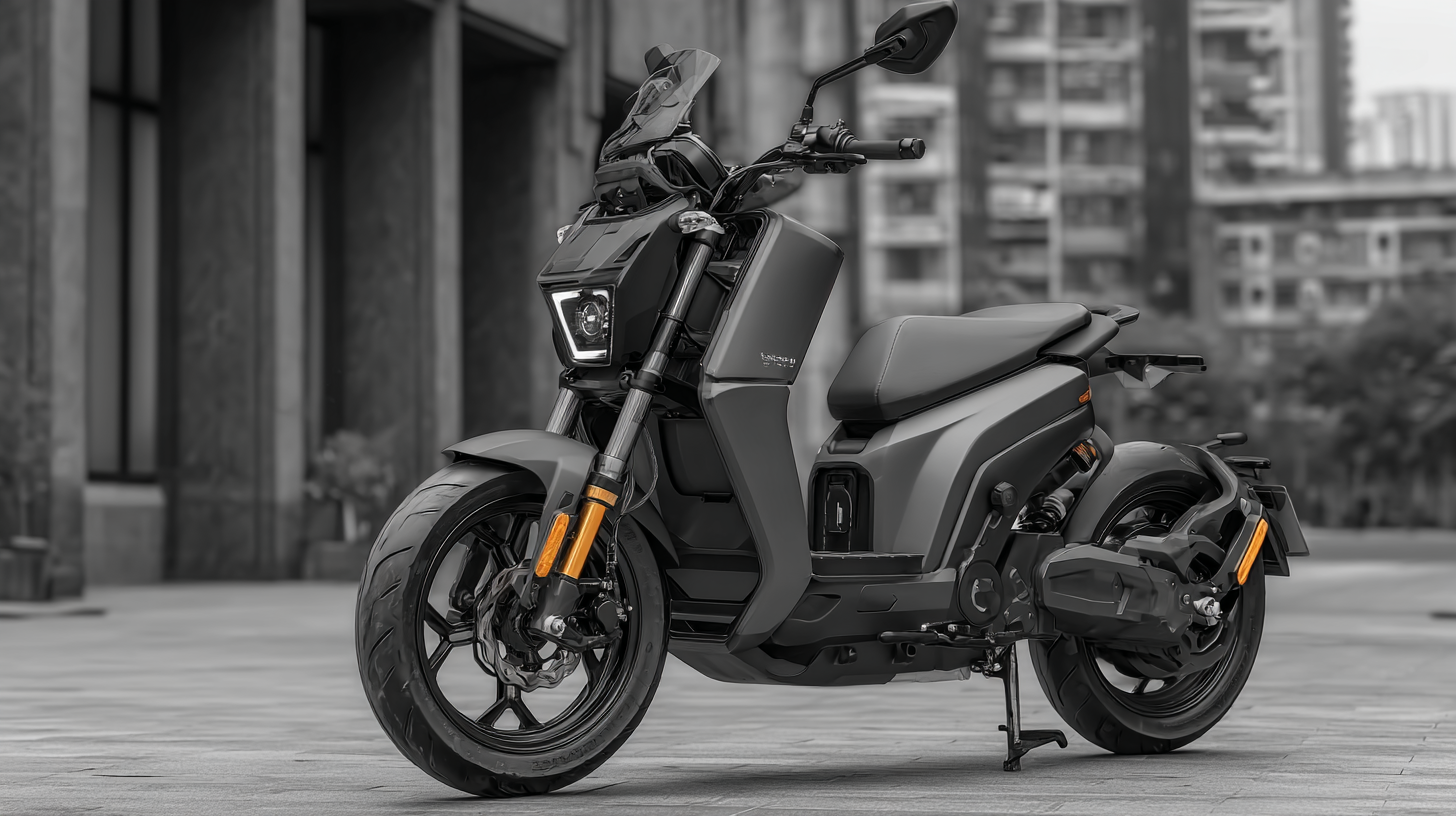
In a comparative analysis, electric motorcycles offer several advantages over traditional models, especially in urban settings where congestion and emissions are pressing concerns. Electric models tend to have lower operational costs, reduced maintenance requirements, and zero tailpipe emissions, making them ideal for inner-city commuting. As market growth continues—with projections indicating the global electric motorcycle market could surpass $11.3 billion in 2023—innovations in electric vehicles will likely enhance their appeal, attracting a broader consumer base and reshaping urban mobility solutions on a global scale.
The rise of electric motorcycles and scooters is reshaping urban mobility, driven by the dual demands for sustainability and innovative transport solutions. According to a report by the International Energy Agency (IEA), global electric two-wheeler sales surpassed 40 million units in 2022, signifying a shift in consumer preferences towards eco-friendly alternatives. These electric vehicles (EVs) not only minimize carbon footprints but also reduce city congestion, making them a viable option for urban dwellers.
Innovations in battery technology and charging infrastructure are crucial to advancing urban electric mobility. The global electric vehicle battery market is projected to grow at a CAGR of 20% from 2023 to 2030, as noted by a recent study by Allied Market Research. This growth is essential for enhancing the range and efficiency of electric motorcycles and scooters, ultimately making them more accessible to everyday users. Cities that prioritize charging stations and investments in renewable energy will lead the way in sustainable urban transport.
Tips for Improving Your Urban Mobility Experience:
